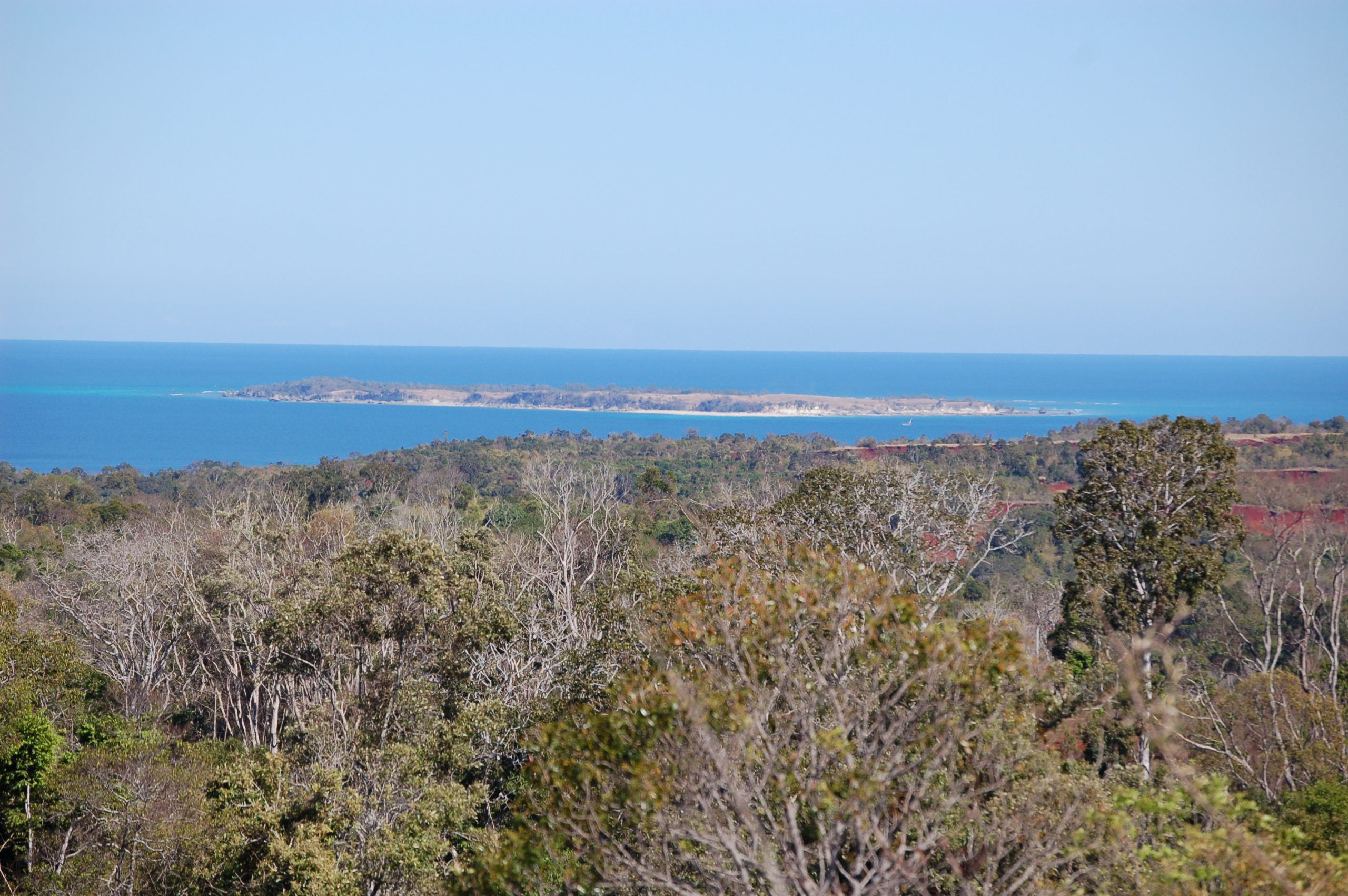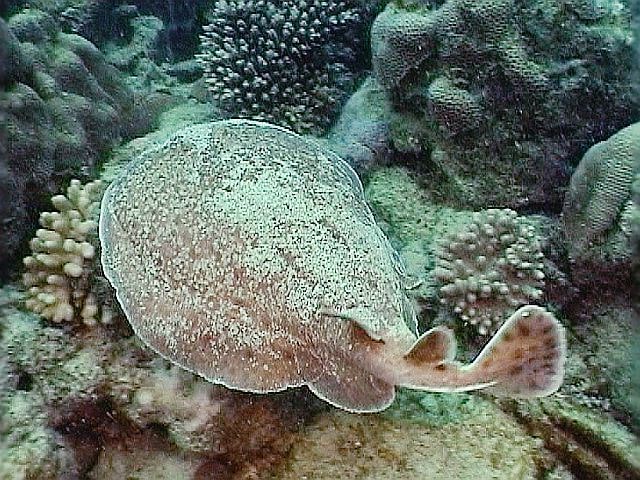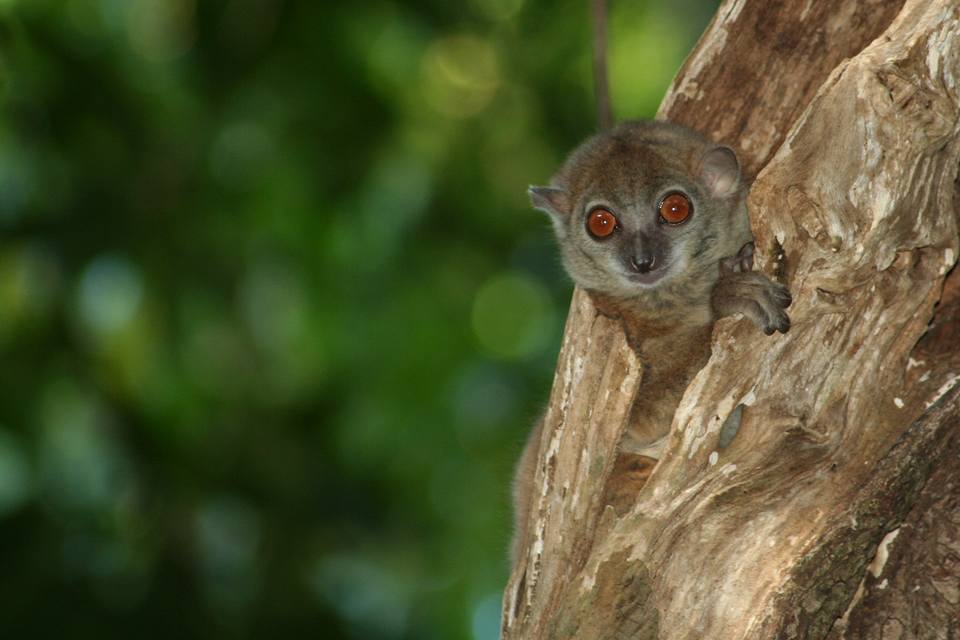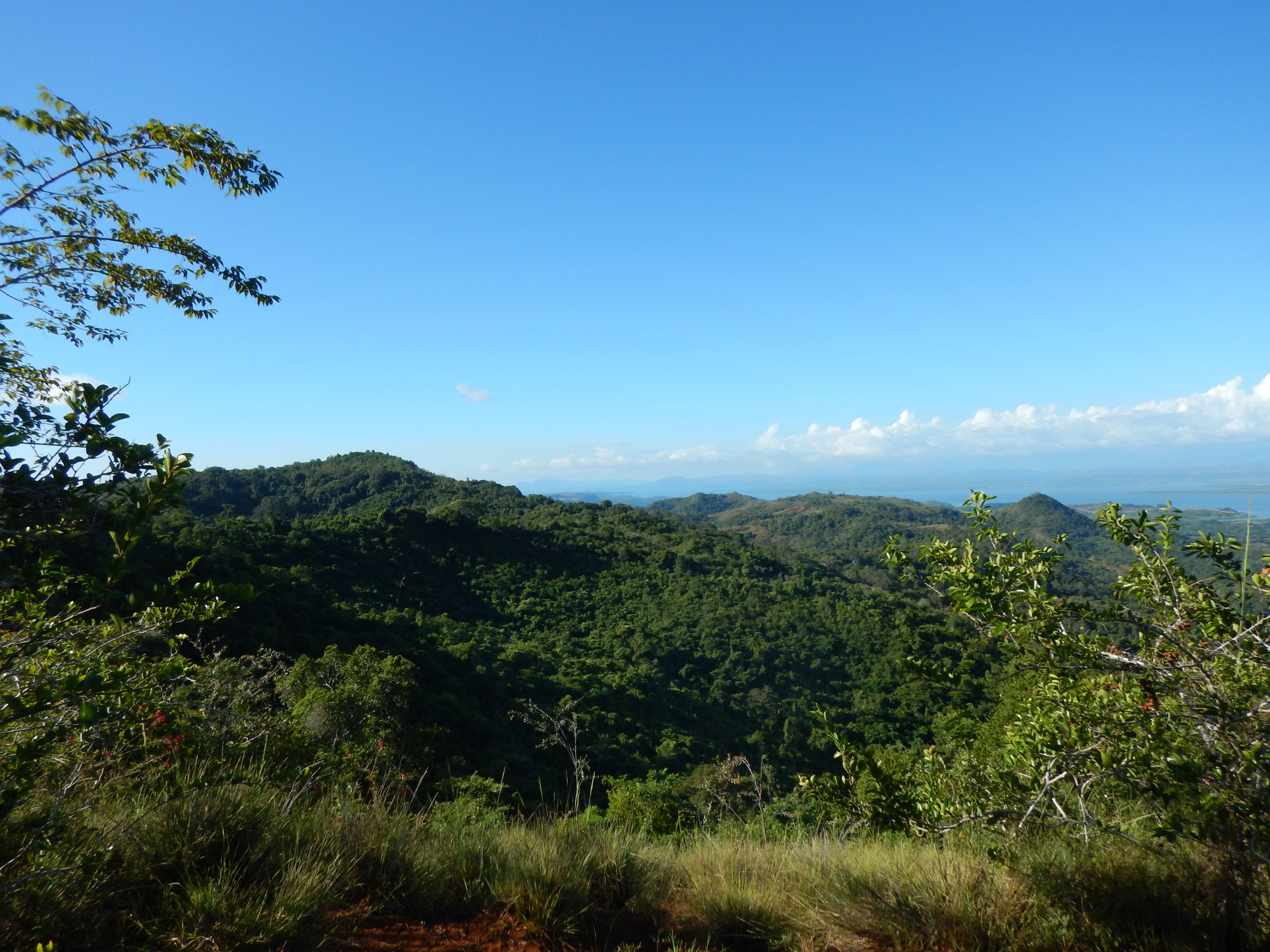
Sahamalaza-Iles Radama
On the plan
VISIT US
Depending on your means of transport :
- Ground Transportation
By road :
- From Antananarivo RN4 to Ambondromamy RN6 to Parc Sahamalaza-iles Radama about 830 km ;
- From Majunga RN4 to Ambondromamy RN6 to Parc National Sahamalaza-Iles Radama about 570 km
- From Antsiranana RN6 to Ambanja RN6 to Parc National Sahamalaza-Iles Radama approx. 322 km
- Maritime transport
None
- Air transport
None
Ideal period
- For the Ankarafa circuit: the ideal period is from June to November, visitors must be equipped with care materials and bush shoes.
- For the Vorona circuit: the ideal period is from April to November, visitors must be equipped with care materials and boots.
- For the Nosy Radama circuit: the ideal period is from April to September, with snorkeling equipment (mask and snorkel, fins, wetsuit and booties), advance notice and weather conditions, preferably in the morning.
Available activities
- Camping,
- wildlife observation,
- guided tours,
- snoorkling
Reception infrastructures
The MNP SML has no reception facilities other than the office of the Management Unit, but there is collaboration with AEECL, which has camping areas, a reception center and catering facilities for visitors.
Fees and charges
Download the reference document to find out more about park fees and charges.
The circuits
| Tours | Summary | Difficulty | Duration | Tour plans |
|---|---|---|---|---|
| Ankarafa tour | For the land sector: Ankarafa circuit, visit the Eulemur flavifrons or Akomba manga maso, Lepilemur sahamalazensis or fitsidiky and forest birds, reptiles and amphibians in the Park. A panoramic view of the Radama Islands from Marovato. The circuit is 3 km long and takes 3 hours to complete. Access to this circuit is via a dry-season track from Antanambao Manambaro to Ankarafa, a distance of around 50km, or by boat or motorized pirogue from Marovato to Ankarafa, which takes 3 hours by boat and 1 hour on foot. | 3h | ||
| Vorona tour | For the coastal sector: a Vorona tour or a visit to the endemic water birds of Sahamalaza, such as Haliaeetus vociferoides or Ankoay and Threskiornis bernieri or Fitilimbengy. This tour takes you through mangrove forests. It can be done by boat or pirogue all year round. Access to the vorona circuit is by road from Maromandia to Ratsianarana. It's an 11 km circuit from the Ambatobe boat stop to the circuit. | |||
| Nosy Radama tour | For the Marine sector: a Nosy Radama tour. This is a visit to the unique seascape of the Radama Islands, with its fine sandy beaches, coral reefs, sea turtle nesting grounds, flora and fauna. Access to the tour is by boat from Maromandia to Iles Radama (Nosy Faly), a 50 km journey taking around 02 hours. Bivouacs, overnight stays and snorkeling are available on the Radama Islands, as is the whale watching tour from July to September. | 2h |






